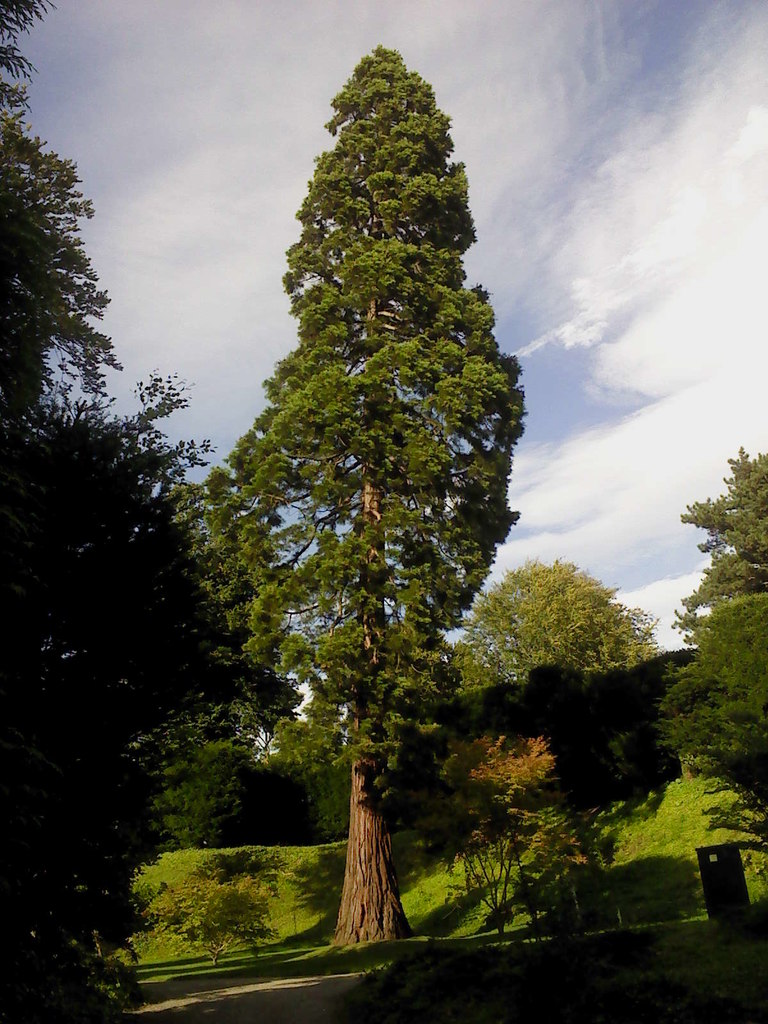
It will automatically snap, so both vertices would have an identical location. Probably the easiest way to see this in use is to go into the Edit Mode, select a vertex and move it over another one. Use left and right brackets to quickly change the size of the grid. Not hard to guess that the Vertex Snapping will snap to vertices. In geometry mode right click on a selected face / vertices to have them alone snap to the grid. It is the one that we will use to introduce all the settings that are related to the Snapping in Blender. Next is the Vertex Snapping in our Blender Snap to Grid tutorial. Increments were pretty easy to use and understand.

General Snapping Settings and Snap to Vertex

But when you zoomed out, it would be vice versa with the bigger grid. So when you are zoomed in – you have a smaller grid and more precise movement. In these views, the size of the grid directly depends on your zoom level. When you are using any of the preset views, such as Front View or Side View – the grid is not a constant value. It is exactly what Increment Snapping does – it snaps the object that you are using and uses Grid as increments for this snapping. There are boxes right next to each of the phrases in that grid tab of the Page Setup panel.
HOW TO SNAP TO GRID SOFTWARE
Instead of moving smoothly – it snaps around the scene in increments. Snap to Grid means you want the software to snap any shape you move to that defined grid. The only down side to this way is you cannot add studs to it.With the Snapping Turned on, when I try to move this cube somewhere, you will see that it moves weirdly. Make two rectangles the size you want them, use the tools in easel to align them, combine them then use the XY coordinate (position) to place them on your work piece. One other thing is you may not want to move the mouse using the Moveevent. You only need to tighten them to about 3.5 lbs pulling up one inch at the center. For example, if the grid is set to 1, as the cursor moves over the grid. Here's the simpler way: local mouse = :GetMouse() When snap to grid is on, the SmartCursor snaps to set points on the snap grid. I just showed you the above because in the future you may want a bigger grid. Since you are snapping to a 1x1x1 grid you only have to round down (or up). Part.Position = Vector3.new(posX, posY, posZ) To snap a shape to the grid, pass it into the snap grid managers snapShape function. Set the showGrid option to true if you want to make the grid visible. PosZ = math.floor( / gridSize + 0.5) * gridSize Use a snap grid Create a snap grid using the class and pass in a reference to the map you want to connect the manager to. MarkAKroll March 26, 2020, 8:23pm 3 I used the line tool, what I was hoping for is a way to specify a x,y coordinate for each point. The only other way is to use the drop down menu and type in exactly where you want a point on the x,y axis. PosX = math.floor( / gridSize + 0.5) * gridSize When it is square to another line it turns red. I will use floor.Įxample: local mouse = :GetMouse() In this case it does not matter which one you use. For rounding you can use math.floor() and math.ceil(). You can divide the mouse position by your grid size and round it up or down and then multiply it by grid size to snap to a grid.

When snapping is enabled, the Actor will jump to. If you want to return the position on all axis use . Snapping is a feature that allows you to easily position an Actor by aligning it with a grid or another object. You should write it like this: this will return the x axis of the mouse position.


 0 kommentar(er)
0 kommentar(er)
